Wall Street’s Prophets: Meet the 13 Forecasters Who Got It Right in 2023 – Plus, Their 2024 Financial Predictions
In 2023, the financial realm threw curveballs that no algorithm could predict.
The much-feared recession played hide and seek and decided not to show up.
Regional banks, in a dramatic plot twist, collapsed like a house of cards in a breeze.
The S&P 500, in a defiant rebound, surged by an impressive 23%, thumbing its nose at the grim reaper of forecasts that had foretold doom after a 20% plunge the previous year.
The Dow Jones, not to be outdone, scaled new heights, setting a record that left onlookers gawping.
Meanwhile, home prices, in sheer defiance of the oppressive mortgage rates, stood their ground with the tenacity of a stalwart.
Amid these surprising turns, a cabal of financial clairvoyants comprising economists, strategists, analysts, and money managers made predictions that turned heads for their audacious accuracy.
These individuals have rightfully claimed their thrones in the pantheon of the “2023 Oracles of Wall Street.
Analysis of Regional Bank Failures in 2023
Overview The financial landscape of 2023 was notably marked by the downfall of several regional banks from March to May.
Notably, Silicon Valley Bank and Signature Bank were the initial casualties, followed by First Republic Bank.
These institutions suffered from significant exposure to long-term securities, which plummeted in value due to escalating interest rates.
This devaluation sparked depositors’ concerns, fearing inaccessibility to their funds upon the surfacing of liquidity challenges.
Industry Perspectives
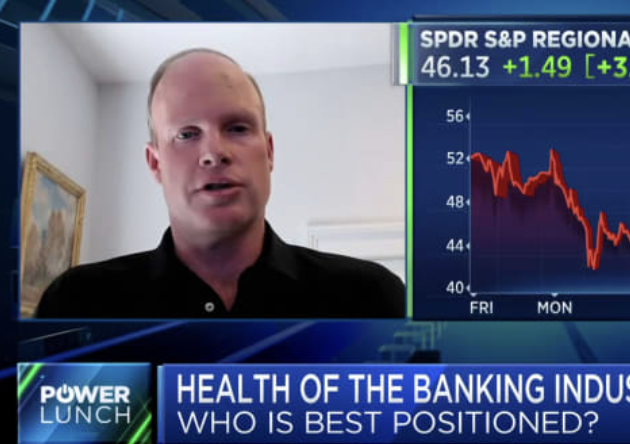
Bill Martin, Raging Capital Ventures Bill Martin’s foresight into the instability of Silicon Valley Bank was catalyzed by the preceding tech sector distress in 2022, a sentiment echoed by his venture capital peers in the San Francisco Bay Area.
In his own words, “The deterioration was evident, providing insight into potential market strategies beyond the typical tech stock short-sells”.
Analogous to the strategy applied when oil prices fall, he scrutinized smaller banks with substantial tech exposure.
This scrutiny led to the discovery of significant losses in Silicon Valley Bank’s held-to-maturity securities, signaling a liquidity crisis.
Consequently, Martin shorted the bank’s stock in January 2023 and actively discussed his rationale on the platform formerly known as Twitter.
His predictions materialized when the bank’s share value plummeted from $267 to below $1.
Despite the short position constituting a minor segment of his family’s portfolio, the profits were substantial.
Martin’s Recommendation
Martin anticipates ongoing turbulence within certain banking sectors, given the potential for a credit default cycle.
However, he identifies investment prospects within the undervalued small-cap stocks, suggesting that these assets have been “thrown out with the bath water” and may present valuable opportunities for discerning investors.
Manan Gosalia, Morgan Stanley Manan Gosalia stood as the sole analyst with a pessimistic forecast on Silicon Valley Bank, First Republic Bank, and Silvergate Bank prior to their failures, bestowing them with “Underweight” ratings in December 2022.
His projections indicated a squeeze in their net interest margins due to the rising interest rates.
Looking ahead, Gosalia perceives a reduced threat to the banking sector.
“The midcap banks we monitor are experiencing growth in deposit balances and a slowdown in the escalation of funding costs,” Gosalia explained.
The Federal Reserve’s Bank Term Funding Program (BTFP) further reinforces bank liquidity.
Gosalia’s Top Pick for 2024: For 2024, Gosalia’s top recommendation is an “Overweight” rating for M&T Bank (MTB), advocating for banks with robust liquidity profiles.
“M&T’s superior liquidity and surplus capital provide a strategic advantage amidst the current economic uncertainties,” he concluded, encouraging investors to consider M&T Bank as a resilient option in the volatile banking sector.
Anticipating Economic Trends: The Recession That Wasn’t in 2023
As 2022 reached its midpoint, a consensus had crystallized on Wall Street: a recession was expected in 2023 due to the Federal Reserve’s aggressive rate hikes.
This sentiment was so widespread it was dubbed “the most forecasted recession ever.”
However, nearing the end of the year, despite some signs of economic softening, a recession seems neither present nor imminent.
The unemployment rate has ticked up to 3.7% from a low of 3.4%, and while job growth has decelerated, it remains in positive territory.
The U.S. economy surprised with a robust 4.9% GDP growth in Q3.
Inflation has retreated to 3.2% year-over-year, suggesting the Fed’s rate hikes may be pausing for the foreseeable future.
While the full impact of the Fed’s rate hikes is yet to be realized, acknowledgment is due for the few who challenged the prevailing narrative.
Economic Insights
Jan Hatzius, Goldman Sachs In November 2022, Hatzius estimated the probability of a recession at 35%, well below the Wall Street Journal survey median of 65%.
He highlighted three key factors for his outlook: a moderating labor market, decelerating wage growth—providing room for the Fed to ease its foot off the pedal—and a decline in inflation paired with stable long-term inflation expectations.
Hatzius’s Projections
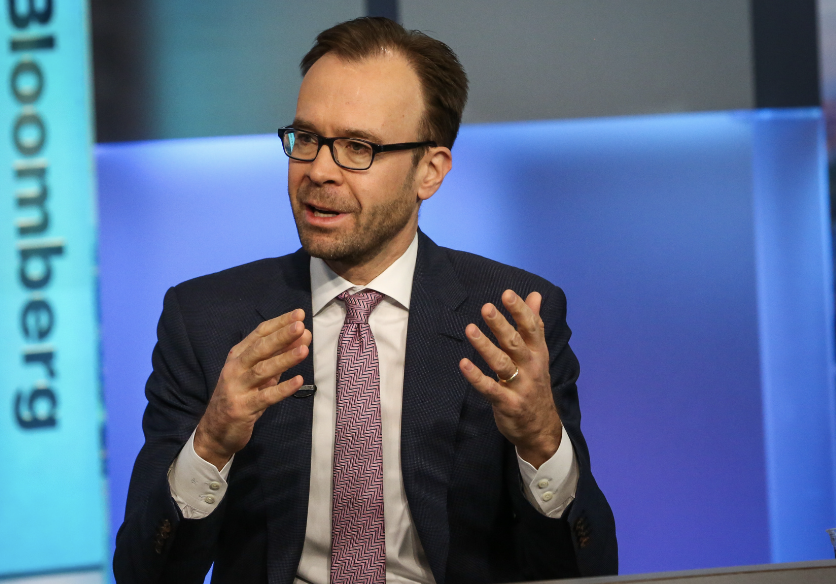
Looking forward, Hatzius forecasts a 2.1% GDP growth in 2024 and maintains a low recession probability of 15%.
In his own words, “We’re seeing real disposable income growth, the peak impact of higher interest rates has passed, and with inflation easing, the Fed has the flexibility to implement cuts if unexpected growth shocks occur”,
Ellen Zentner, Morgan Stanley Zentner, standing apart from the consensus since March 2022, reaffirmed in December her belief that cooling inflation and a moderated pace of rate hikes would spare the U.S. economy from a recession in the current year.
Zentner’s Outlook

For the upcoming period, Zentner expects the economy to exhibit resilience, noting that lower-income groups—having borne the brunt of inflation—will see their spending stabilize as real wage gains turn positive.
“Lower-income consumers have endured a ‘recession of their own,’ curtailing spending for a while.
However, continued spending by wealthier households underpins strong aggregate numbers,” Zentner reiterated on Morgan Stanley’s “Thoughts On the Market” podcast on November 17.
Dutta’s Perspective
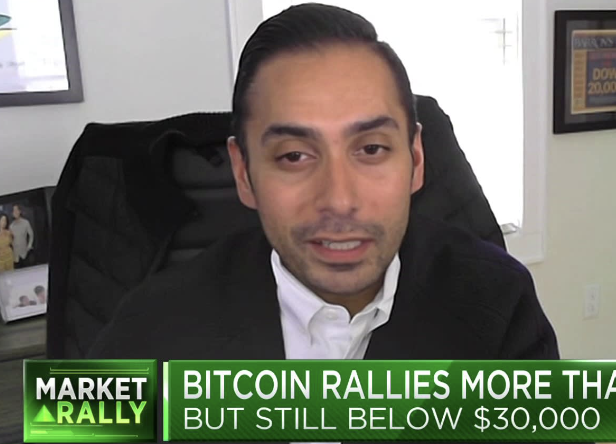
Neil Dutta, Renaissance Macro Research Dutta criticized the recession forecasters in February for what he termed “shoddy” economic analysis, arguing that they overemphasized traditional recession indicators while overlooking robust labor market and consumer spending data.
Dutta remains firm in his soft-landing prediction, with expectations of the Fed cutting rates early in 2024 as a contributing factor to economic stability.
Papic’s Forecast
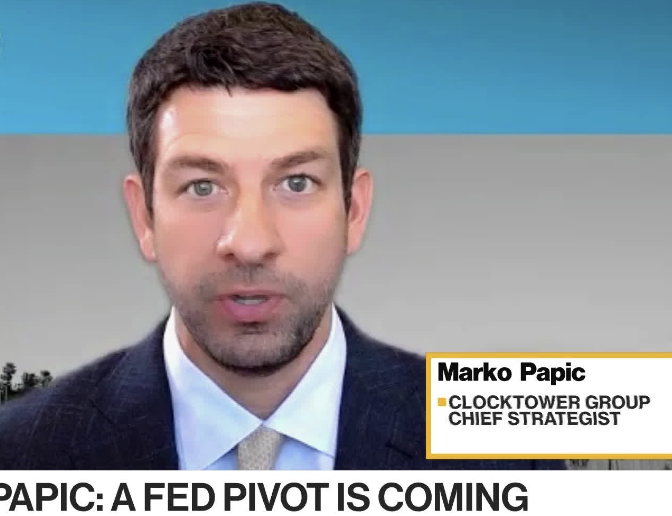
Marko Papic, Clocktower Group Papic foresaw the U.S. dodging a recession in 2023, crediting strong household balance sheets fortified by pandemic-related stimulus and a decline in inflation that should bolster real income growth and sustain spending.
While optimistic for 2023, Papic suggests caution for 2024, where a recession could materialize early due to the lingering effects of high interest rates on business capital expenditure.
Nevertheless, he predicts any potential recession to be shallow and anticipates the Fed to reduce rates significantly in response to decreased inflation and the upcoming presidential election.
S&P 500’s Outperformance
The S&P 500 has delivered an exceptional performance, surging nearly 23% from January to December 14.
This rally has been a welcome turn for investors who braced for a downturn following a 20% slide in 2022.
The anticipation of a recession loomed over the market, but the resilience of stocks has provided a significant respite.
Analysts’ Forecasts
Tom Lee, Fundstrat Tom Lee set the highest year-end S&P 500 target on Wall Street at 4,750.
Known for his optimism, Lee’s projections were validated as the index approached 4,630 by Tuesday.
Lee credits a robust economy and a less aggressive Federal Reserve, in light of easing inflation, for the market uplift.
His analysis suggested that a soft-landing economic scenario was most likely.
Lee’s Prediction
For the upcoming year, Lee forecasts a further 13% increase in the S&P 500 to reach 5,200, propelled by potential rate cuts from the Fed up to 2%.
“The Fed’s focus has shifted from combating inflation to managing the business cycle—a significant pivot,” Lee expressed on CNBC.
Barry Bannister, Stifel Barry Bannister’s initial target for the S&P 500 was 4,300 by April, premised on his expectation that the economy would dodge a recession and inflation would decrease.
Although the index hit his target in early June, his bullish stance for the first half of the year was notably precise compared to the median year-end target of 4,075 among his peers.
Bannister’s Prediction
Bannister anticipates the index to plateau around 4,650 by mid-next year, assuming interest rates remain steady.
His long-term view is less optimistic, suggesting stocks may be in a secular bear market for the remainder of the 2020s.
Ryan Detrick, Carson Group Ryan Detrick predicted a 12-15% return for the S&P 500 this year, outpacing the median Wall Street estimate of 6.5%.
In June, buoyed by the market’s performance, he revised his forecast to a 21-25% gain for 2023. With the year nearly over, the S&P 500 has appreciated by 21.4%.
Detrick’s Prediction
Detrick maintains a bullish stance, anticipating 11-13% gains for the next year.
He cites expectations for record earnings, rising profit margins, and a projected all-time high in capital expenditures over the coming 12 months.
Speaking to Business Insider, Detrick highlighted his preference for cyclical, small, and mid-cap stocks in the context of a less hawkish Fed.
Fed Raising Rates Above 5% in 2023
Federal Reserve’s Unprecedented Actions The Federal Reserve’s journey of rate increases from zero in early 2022 caught Wall Street by surprise with its intensity.
June marked the beginning of an unprecedented phase: four consecutive 75-basis-point hikes, a level of assertiveness not seen since 1994.
Presently, the federal funds rate stands between 5.25% and 5.5%.
Economic Analysis by Anna Wong, Bloomberg Economics

Anna Wong, the chief economist at Bloomberg Economics, foresaw the aggressive trajectory of the Federal Reserve early on.
In July 2022, after only the first of the four major hikes, Wong predicted a terminal rate of 5%—a stark contrast to the prevailing market expectation of 3.25%-3.5% and the then-current rate of 1.5%-1.75%.
Her assessment was grounded in the belief that inflation would persistently challenge the economy, necessitating decisive action from the Fed.
Wong’s Prediction
Wong has consistently warned of a potential recession, a stance she maintains as the effects of rate hikes permeate the economy.
She interprets the labor market as more fragile than it appears, noting that 80% of the recently added jobs were in recession-resistant sectors or emerged from the resolution of labor strikes.
In her own words, “We might already be witnessing the onset of a recession as of October 2023.”
She anticipates the unemployment rate to escalate to 4.3% by March 2024, at which point she expects the Federal Reserve to initiate rate cuts.
The Housing Bust That Never Came
Market Overview Contrary to many predictions made at the start of 2023, the slump in home prices that began in mid-2022 reversed by February.
The S&P/Case-Shiller U.S. National Home Price Index reports that national home prices have rebounded to record highs.
Insights from Industry Experts
James Egan, Morgan Stanley
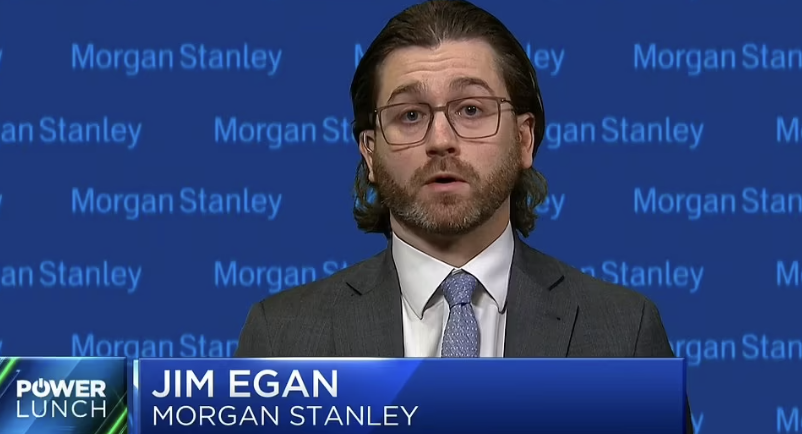
James Egan, a housing economist at Morgan Stanley, did not foresee a significant reduction in home prices.
Despite housing affordability reaching a 40-year low, Egan predicted in September 2022 that the constrained housing supply, exacerbated by higher mortgage rates, would underpin prices.
He also cited improved lending standards compared to the mid-2000s, reducing the likelihood of widespread foreclosures.
Egan’s Projections
As we approach the new year, Egan anticipates a modest 3% dip in home prices, influenced by a potential increase in housing inventory due to falling interest rates, which could persuade homeowners to sell despite having previously secured low-rate mortgages.
In his own words, “This lock-in effect has kept people in their homes longer than they wanted,”…”a decrease in mortgage rates in 2024 should stimulate listing volumes.”
Despite this, he expects prices to remain relatively stable, with stretched affordability and low transaction volumes persisting.
Bobby Mollins, Gordon Haskett
On the other hand, the housing market’s inertia has adversely affected related sectors.
Companies like Redfin and Opendoor, involved in brokerage and home-flipping, have suffered.
Bobby Mollins of Gordon Haskett was notably accurate with his predictions for these companies.
On July 19, he downgraded both firms to “Underperform,” which was contrary to the consensus at the time.
Subsequently, their stocks plummeted by as much as 68% and 55%, respectively, by early November.
Mollins’s High-Conviction Predictions:
For 2024, Mollins confidently recommends a “Buy” rating for Expedia.
After an initial “Buy” rating in May, the stock has risen over 50%.
Mollins believes the stock has further potential, especially as Expedia finalizes its digital overhaul, unifying its brands—like Vrbo and Hotels.com—onto a single technological platform.
This integration is expected to optimize developer resources and cut technology expenses.
Mollins also maintains an “Underperform” rating on Airbnb, citing the most significant year-over-year drop in site traffic and a relative increase in visits to Vrbo, marking a two-year high.
These insights were part of his recent analysis.
Skyrocketing Treasury Rates
This year witnessed Treasury rates climb beyond what most had anticipated, particularly in the latter half when the concept of a ‘soft-landing’ for the economy found greater acceptance.
The yield on 10-year Treasury notes ascended from 4% at the start of August to approximately 5% by the end of October, bolstered by a stream of robust economic indicators.
Phillip Colmar, MRB Partners
Phillip Colmar, a global strategist at MRB Partners, accurately foresaw the rise in yields.
Early in the year, he projected that Treasury rates would remain steady—which they did—and then pinpointed the timing of the surge in yields with remarkable precision.
Colmar’s Prediction
In a client note dated August 9, Colmar forewarned, “An imminent upsurge in bond yields is on the horizon.
The current economic indicators unequivocally suggest that interest rates and bond yields will have to climb markedly higher before there’s any jeopardy to the ongoing economic expansion, with the U.S. economy at the forefront.”
His anticipation of higher rates dovetailed with his belief that the economy would sidestep a recession in the current year, a view he originally expressed in December 2022 and reaffirmed in May.
“The combination of substantial excess savings, solid income growth, and diminishing headline inflation are expected to underpin continued economic growth into the next year,” Colmar asserted last December.
Colmar’s Outlook for the Following Year
Looking ahead, Colmar expects inflation to persist at about 3% or higher, with the Federal Reserve likely maintaining elevated interest rates.
He predicts that Treasury yields are currently near a trough and could reach new peaks by the end of 2024.





